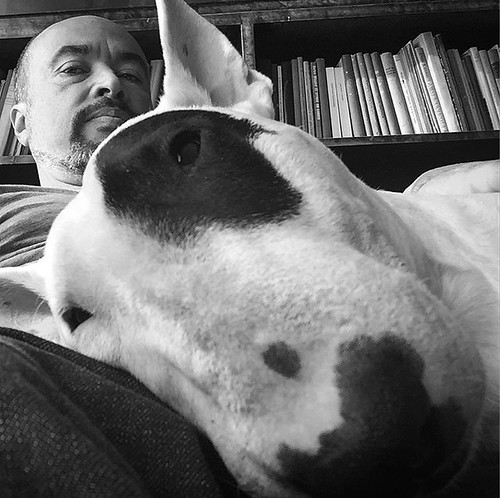The expression of miR-196a in tissues was assessed by qPCR of RNA extracted from laser-captured FFPE tissue. Although RNA from FFPE tissues is often degraded, the little dimension of microRNAs permits productive restoration from mounted tissue [43]. Considerably higher expression of miR196a was noticed in sixteen HNSCC tissues when in comparison to 16 unmatched typical mucosa (Fig 3A, p0.05), with some variation in expression observed in the standard  samples. Investigation of HOXB9 expression by immunohistochemistry in a TMA that contains twenty five HNSCC samples in contrast with 10 standard oral mucosa samples unveiled that this protein was more hugely expressed in HNSCC compared to typical samples, as assessed by the Quickscore method (Fig 3B and 3C, p0.001). In typical tissues, expression of HOXB9 was expressed at low amounts, confined to the nuclei of the basal and spinous levels (Fig 3C Panel one and two), although in HNSCC the nuclear intensity enhanced, with a greater proportion of cells in tumour nests expressing HOXB9 (Fig 3C Panel 3 and 4). Moreover, in the HNSCC tissues, there was cytoplasmic expression of HOXB9 in several cells.
samples. Investigation of HOXB9 expression by immunohistochemistry in a TMA that contains twenty five HNSCC samples in contrast with 10 standard oral mucosa samples unveiled that this protein was more hugely expressed in HNSCC compared to typical samples, as assessed by the Quickscore method (Fig 3B and 3C, p0.001). In typical tissues, expression of HOXB9 was expressed at low amounts, confined to the nuclei of the basal and spinous levels (Fig 3C Panel one and two), although in HNSCC the nuclear intensity enhanced, with a greater proportion of cells in tumour nests expressing HOXB9 (Fig 3C Panel 3 and 4). Moreover, in the HNSCC tissues, there was cytoplasmic expression of HOXB9 in several cells.
miR-196a and HOXB9 are up-controlled in HNSCC tissue samples. 3A-C. Expression of miR-196a (3A) and HOXB9 in tissues (3B, 3C) measured by qPCR of LCM tissues and immunohistochemistry, respectively. Representative photomicrographs show HOXB9 expression in typical tissue (C panels one and 2) and HNSCC (C panels 3 and four). The HOXB9 expression in tissue was semi-quantitatively assessed employing the Quickscore technique. The pattern of expression correlates with in-vitro information and equally are upregulated in most cancers tissue, albeit the fold adjust is considerably less (three.four fold for miR-196a). p0.05, p0.001. Photomicrographs all round magnification x200, scale bar = 200m. 3D. The transcript is existing in B16 cell line and at the predicted Pefa 6003 citations measurement. (-) RT: with no reverse transcriptase management, (+) RNaseA: RNA dealt with with RNaseA at 37 for one hour before cDNA creation.
HOXB9 and miR-196a-1 are spatially closely relevant on Chr17. To present that HOXB9 and miR196a-1 are co-transcribed on very same major transcript, primers ended up designed which spanned amongst HOXB9 exon one to miR-196a-one precursor transcript (six.3 Kb). Nested primers had been created which amplified a 295bp region inside this 6.three Kb transcript (S1 Fig). A merchandise of the expected molecular dimensions was attained (Fig 3D) no items were noticed in the 2835476absence of reverse transcriptase (-RT) or subsequent prolonged incubation with RNase A, suggesting this item is derived from a HOXB9-miR-196a-1 polycistronic main transcript, fairly than from genomic DNA contamination.
Presented that equally HOXB9 and miR-196a are extremely expressed in HNSCC we assessed the phenotypic implications of this in OPM and HNSCC cells, specifically assessing functions that promote the capacity of the cells to proliferate and to spread, improving the advancement of the tumour. Minimizing expression of miR-196a or HOXB9 by anti-miR-196a (ninety five% (B16) and 92% (D19)) and HOXB9 siRNA (62% (B16) and 48% (D19)), respectively (Figs 4A and 5A), reduced the ability of the OPM and HNSCC cells to migrate and invade into Matrigel (Figs 4C, 4D, 5C and 5D).